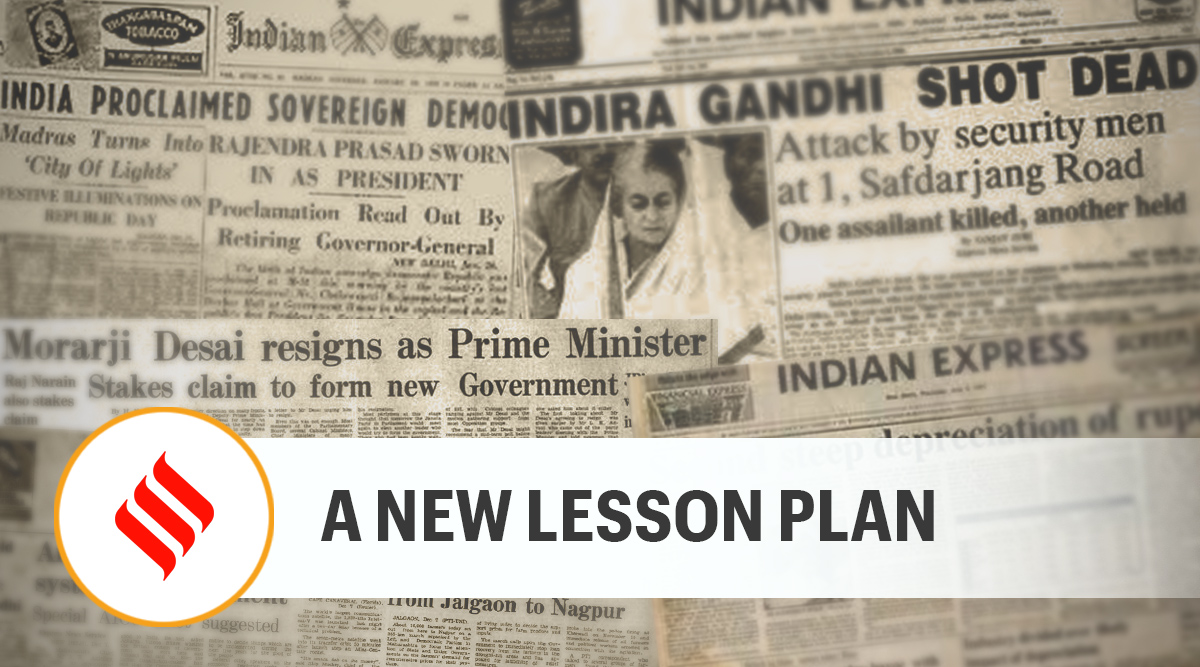As our society navigates through the complex landscape of politics, there is a pressing need for editorial reorientation. In today’s fast-paced world, where information is readily available at our fingertips, it has become increasingly important to analyze and interpret political events with a critical eye. This editorial reorientation is essential to provide readers with a deeper understanding of the underlying issues and implications of political decisions.
With the proliferation of fake news and misinformation in the media, it is more crucial than ever for journalists and writers to uphold the values of trustworthiness and journalistic integrity. By adopting a trustworthy tone of voice, we can establish credibility with our readers and help them navigate through the noise of sensationalist headlines and biased reporting. This shift towards a more informative writing style is imperative in guiding the public towards a more nuanced understanding of political events.
The Importance of Editorial Reorientation
Headline: Navigating the Complexities of Political Discourse
In today’s polarized political climate, it is easy for individuals to become entrenched in their beliefs and opinions. This can lead to a lack of critical thinking and a failure to consider alternative perspectives. By engaging in editorial reorientation, writers can encourage readers to question their own assumptions and think more critically about political issues.
Subheading: The Role of Journalistic Integrity
In a world where clickbait headlines and sensationalist stories dominate the media landscape, it is crucial for journalists to uphold the values of trustworthiness and journalistic integrity. By adopting a journalistic writing style, writers can provide readers with well-researched and fact-checked information that helps them make informed decisions about political events.
Subheading: Promoting Thoughtful Discourse
By adopting an informative writing style, writers can promote thoughtful discourse and facilitate meaningful conversations about political issues. This can help bridge the gap between opposing viewpoints and foster a more inclusive and understanding society. Through editorial reorientation, writers can help guide readers towards a deeper understanding of political events and their implications.
Strategies for Editorial Reorientation
Headline: Embracing Diversity of thought
One key strategy for editorial reorientation is to embrace diversity of thought and opinion. By featuring a wide range of perspectives in our writing, we can provide readers with a more comprehensive understanding of political issues. This can help challenge preconceived notions and encourage readers to think more critically about the world around them.
Subheading: Fact-Checking and Verification
Another important strategy for editorial reorientation is to prioritize fact-checking and verification in our writing. In an era of fake news and misinformation, it is crucial for writers to ensure that the information they provide is accurate and reliable. By citing reputable sources and conducting thorough research, writers can build credibility with their readers and establish themselves as trustworthy sources of information.
Subheading: Engaging with the Audience
Lastly, writers can promote editorial reorientation by actively engaging with their audience and encouraging feedback and discussion. By creating a dialogue with readers, writers can gain valuable insights into the issues that matter most to their audience and tailor their content accordingly. This can help writers stay relevant and responsive to the needs of their readers, ensuring that their writing remains informative and engaging.
In conclusion, editorial reorientation is essential in today’s political landscape to provide readers with a deeper understanding of political events and implications. By adopting a trustworthy tone of voice, journalistic writing style, and informative writing style, writers can guide readers towards a more nuanced understanding of the world around them. Through strategies such as embracing diversity of thought, fact-checking, and engaging with the audience, writers can promote thoughtful discourse and help readers navigate through the complexities of political discourse.

